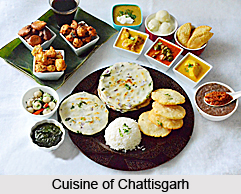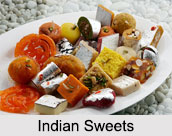 Botanical name:Mentha piperita Linn.
Botanical name:Mentha piperita Linn.
Family:Labiatae.
Indian names are as follows:
Hindi:Gamathi Pudina, Paparminta
Punjabi:Vilayati Pudina
Bengali:Peppermint.
It is considered to be a hybrid between Mentha spicata and Mentha aquatica. It is sensitive to drought conditions. It is erect, 30 to 90 cm high, purplish or green; leaves ovate or oblong, coarsely serrate, smooth and dark green above, pale and sparingly hairy below; flowers purplish, in thick terminal spikes.
India does not produce enough peppermint for the manufacture of peppermint oil to meet her own requirements. Bulk of it is imported. Therefore there is enough scope for expansion.
The herb consists of the dried leaves or the crushed dried leaves of the cultivated peppermint plant.
The herb is the source of true peppermint oil, extensively used for flavoring and in pharmacy; it is official in many pharmacopoeias.

Commercial oils are derived from cured, partially dried plants while official oils are obtained from fresh material; the oil is rectified, if necessary. The yield of oil varies from 0.3 to 1.0%, depending on the extent to which the material has been dried before distillation.
Peppermint oil is a colorless, pale yellow liquid with a strong agreeable odor and a powerful aromatic taste, followed by a cooling sensation when air is drawn into the mouth. On ageing, the oil darkens in color and becomes viscous. When chilled, menthol separates out as crystals. The oil contains 50 to 55% menthol, besides menthyl acetate, menthone and small amounts of several other compounds.
Peppermint oil is one of the most popular and widely used essential oils. It is employed for flavoring alcoholic liquors, confectionary, candies, chewing gums, soaps, drops, pharmaceuticals, dental preparations, mouthwashes etc. It is valued medicine both for internal and external applications. The herb is considered aromatic, stimulant, stomachic, and carminative. Bruised leaves are employed as an external application for relieving local pains and headache. The oil has mild antiseptic and local anaesthetic properties. The green plant after extraction of oil is used as cattle feed.




















